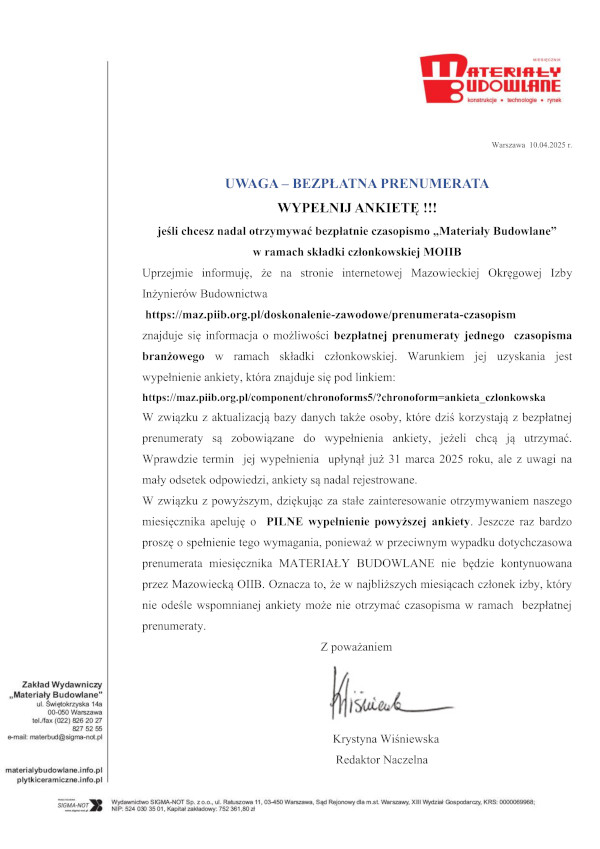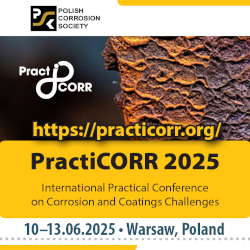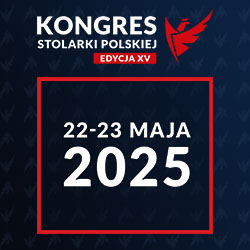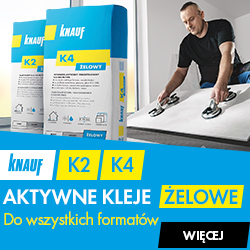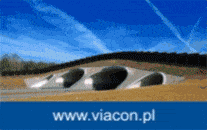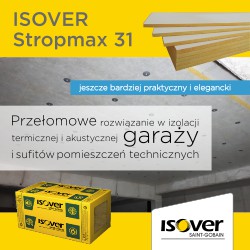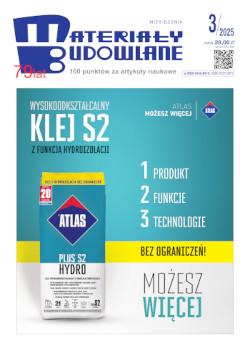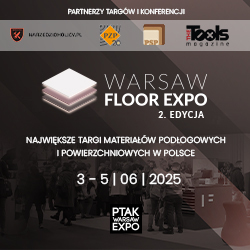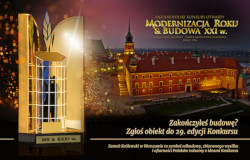dr hab. inż. Halina Garbalińska, prof. ZUT
mgr inż. Magdalena Bochenek
Na przestrzeni lat badano różne metody wprowadzania materiału zmiennofazowego (PCM) w elementy budowlane [1]. Najprostszą metodą jest włączanie bezpośrednie polegające na dodawaniu płynnego lub sproszkowanego materiału zmiennofazowego podczas produkcji materiału budowlanego, np. gipsu, zaprawy czy betonu. Technika ta nie wymaga żadnego specjalistycznego sprzętu. Największym problemem jest możliwość wystąpienia nieplanowanych reakcji i tym samym zmiana właściwości materiału budowlanego, w szczególności np. w wyniku wycieku w trakcie zmiany faz.
Literatura
[1] Zhou D., Zhao C. Y., Tian Y.: Review on thermal energy storage with phase change materials (PCMs) in building applications. Applied Energy 92 (2012), s. 593 – 605.
[2] Mohd Hafizal Mohd Isa, Zhao X., Yoshino H.: Preliminary study of passive cooling strategy using a combination of PCM and copper foam to increase thermal heat storage in building facade. Sustainability 2 (2010), s. 2365 – 2381.
[3]Witthohn M., Klemm R.: Verfahren zur Erhöhung der Wärmespeicherkapazität von Bausteinen aus einem Kalzium-Silikat Material sowie Baustein aus einem Kalzium-Silikat-Material. Opis patentowy. EP 1752509 A1. Opubl. 14.02.2007.
[4] Zhang Y. P., Lin K. P., Yang R., Di H. F., Jiang Y.: Preparation, thermal performance and application of shape-stabilized PCM in energy efficient buildings. Energy and Buildings 38 (2006), s. 1262 – 1269.
[5] Baetens R., Jelle B. P., Gustavsen A.: Phase changematerials for building applications: A state-of-the-art review. Energy and Buildings 42 (2010), s. 1361 – 1368.
[6] Shilei L., Neng Z., Guohui F.: Impact of phase change wall room on indoor thermal environment in winter. Energy and Building 38 (2006), s. 18 – 24.
[7] Kuznik F., Virgone J., Roux J. J.: Energetic efficiency of room wall containing PCM wallboard:Afull-scale experimental investigation. Energy and Building 40 (2008), s. 148 – 156.
[8] Alawadhi E. M.: Thermal analysis of building brick containing phase change material. Energy and Buildings 40 (2008), s. 351 – 357.
[9] Cabeza L. F., Castellon C., NoguesM., Medrano M., Leppers R., Zubillaga O.: Use of microencapsulated PCM in concrete walls for energy savings. Energy and Buildings 39 (2007), s. 113 – 119.
[10] Ermolli S. R., Koukkari H., Braganca L.: Phase change materials in building elements. COST Action C25, Sustainability of constructions, Integrated approach towards sustainable constructions, Summary report of co-operative activities, vol. 1, Gutenberg, Malta (2011), s. 245 – 256.
[11] Voelker C., Kornadt O., Ostry M.: Temperature reduction due to the application of phase change materials. Energy and Building 40 (2008), s. 937 – 944.
[12] http://www.microteklabs.com/how-they-work.htm
mgr inż. Magdalena Bochenek
Na przestrzeni lat badano różne metody wprowadzania materiału zmiennofazowego (PCM) w elementy budowlane [1]. Najprostszą metodą jest włączanie bezpośrednie polegające na dodawaniu płynnego lub sproszkowanego materiału zmiennofazowego podczas produkcji materiału budowlanego, np. gipsu, zaprawy czy betonu. Technika ta nie wymaga żadnego specjalistycznego sprzętu. Największym problemem jest możliwość wystąpienia nieplanowanych reakcji i tym samym zmiana właściwości materiału budowlanego, w szczególności np. w wyniku wycieku w trakcie zmiany faz.
Literatura
[1] Zhou D., Zhao C. Y., Tian Y.: Review on thermal energy storage with phase change materials (PCMs) in building applications. Applied Energy 92 (2012), s. 593 – 605.
[2] Mohd Hafizal Mohd Isa, Zhao X., Yoshino H.: Preliminary study of passive cooling strategy using a combination of PCM and copper foam to increase thermal heat storage in building facade. Sustainability 2 (2010), s. 2365 – 2381.
[3]Witthohn M., Klemm R.: Verfahren zur Erhöhung der Wärmespeicherkapazität von Bausteinen aus einem Kalzium-Silikat Material sowie Baustein aus einem Kalzium-Silikat-Material. Opis patentowy. EP 1752509 A1. Opubl. 14.02.2007.
[4] Zhang Y. P., Lin K. P., Yang R., Di H. F., Jiang Y.: Preparation, thermal performance and application of shape-stabilized PCM in energy efficient buildings. Energy and Buildings 38 (2006), s. 1262 – 1269.
[5] Baetens R., Jelle B. P., Gustavsen A.: Phase changematerials for building applications: A state-of-the-art review. Energy and Buildings 42 (2010), s. 1361 – 1368.
[6] Shilei L., Neng Z., Guohui F.: Impact of phase change wall room on indoor thermal environment in winter. Energy and Building 38 (2006), s. 18 – 24.
[7] Kuznik F., Virgone J., Roux J. J.: Energetic efficiency of room wall containing PCM wallboard:Afull-scale experimental investigation. Energy and Building 40 (2008), s. 148 – 156.
[8] Alawadhi E. M.: Thermal analysis of building brick containing phase change material. Energy and Buildings 40 (2008), s. 351 – 357.
[9] Cabeza L. F., Castellon C., NoguesM., Medrano M., Leppers R., Zubillaga O.: Use of microencapsulated PCM in concrete walls for energy savings. Energy and Buildings 39 (2007), s. 113 – 119.
[10] Ermolli S. R., Koukkari H., Braganca L.: Phase change materials in building elements. COST Action C25, Sustainability of constructions, Integrated approach towards sustainable constructions, Summary report of co-operative activities, vol. 1, Gutenberg, Malta (2011), s. 245 – 256.
[11] Voelker C., Kornadt O., Ostry M.: Temperature reduction due to the application of phase change materials. Energy and Building 40 (2008), s. 937 – 944.
[12] http://www.microteklabs.com/how-they-work.htm


